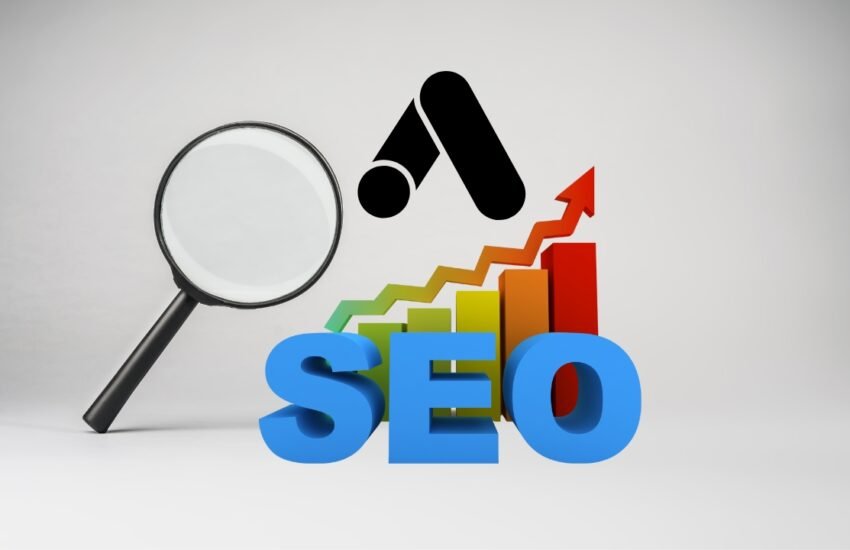Google is making a significant shift in how brand targeting settings are managed within its platform. As of May 27, 2025, AI Max has become a requirement for controlling brand inclusions and exclusions in all new Search campaigns. This update, which integrates brand targeting into the AI Max framework, marks another step toward Google’s broader automation strategy. Advertisers will now need to embrace AI Max to gain full control over brand-related targeting in their campaigns. Let’s dive into the details of this change and explore what it means for advertisers.
What is AI Max and How Does It Impact Brand Targeting?
AI Max is a framework introduced by Google Ads designed to enhance automation and simplify campaign management. Under this new update, Google Ads now requires AI Max to be enabled in order to utilize brand inclusions and exclusions in Search campaigns. Previously, brand targeting could be managed as a standalone setting within the campaign setup, but now it is integrated into the AI Max settings panel.
Key Changes in Google Ads Brand Targeting
- Brand Targeting Integration: Starting May 27, brand inclusions and exclusions are managed within the AI Max framework during the creation of new campaigns. This means that brand-related controls will be linked directly to Google’s automation tools, further streamlining campaign setup.
- Automation as the Default: By tying brand inclusions and exclusions to AI Max, Google is nudging advertisers toward full automation. While advertisers can still remove or retain existing brand lists in legacy campaigns, new Search campaigns must enable AI Max to access these features.
Why is AI Max Required for Brand Targeting?
This shift is part of Google’s larger push to fully integrate automation into the advertising process. Google Ads has been moving toward automation for some time, and this update is a natural progression of that trend.
Benefits of Using AI Max for Brand Targeting
- Increased Efficiency: With AI Max, Google Ads will automatically optimize targeting settings, reducing the manual effort required to manage brand inclusions and exclusions.
- Improved Accuracy: Automation powered by AI Max will help ensure more accurate targeting by leveraging machine learning algorithms to analyze vast amounts of data, improving ad relevance and performance.
- Seamless Campaign Setup: Instead of manually adjusting brand settings, AI Max simplifies the process by integrating these controls into the broader campaign setup. This ensures that brand targeting is aligned with other automated tools, offering a more cohesive strategy.
How This Affects Advertisers in Search Campaigns
For advertisers who have been accustomed to manually adjusting brand targeting, the integration of AI Max with brand inclusions and exclusions represents a significant change. Here’s how it will impact Search campaigns:
The Migration to AI Max Settings
Advertisers must now enable AI Max to access the brand targeting features in new Search campaigns. This means that AI Max is no longer optional for those seeking full control over brand inclusions and exclusions. The move to integrate these settings into AI Max reflects Google’s broader vision of automating as much of the advertising process as possible.
Legacy Campaigns vs. New Campaigns
While legacy campaigns will not be affected by this update, new campaigns will require the AI Max framework for managing brand settings. Advertisers with existing campaigns can still maintain their current brand lists but will need to adopt AI Max for new campaigns if they wish to continue managing brand inclusions and exclusions in the same way.
Why We Care: The Future of Brand Targeting in Google Ads
This change is significant because it highlights Google’s increasing reliance on automation to manage Search campaigns. The integration of AI Max with brand targeting is a clear indication that manual campaign management is being phased out in favor of AI-driven solutions.
AI Max brings several advantages to the table, including the ability to dynamically adjust targeting based on real-time data. This will likely lead to more efficient campaigns, but it also means advertisers will need to be comfortable with less manual intervention.
The Big Picture: A Shift Toward Full Automation
By requiring AI Max for brand targeting in Search campaigns, Google is further embedding automation into the heart of the platform. Advertisers will no longer have the option to rely solely on manual settings for brand targeting. As automation continues to play a more prominent role in Google Ads, advertisers will need to adjust their strategies to stay competitive.
What Experts are Saying About AI Max and Google Ads Automation
In response to the update, experts in digital marketing have voiced their opinions about the future of AI Max and Google Ads automation:
“Google’s move to integrate brand controls into AI Max is a clear sign that automation is the future of Google Ads,”
says Jerome Fleck, a senior SEA consultant.
“While some advertisers may resist the change, embracing AI Max will ultimately lead to more efficient, data-driven campaigns that deliver better results over time.”
Conclusion: Adapting to the New Google Ads Experience
In conclusion, the integration of brand inclusions and exclusions into the AI Max framework marks a pivotal moment for Google Ads and Search campaigns. For advertisers, this update signals the need to adopt AI Max if they want full control over their brand targeting settings. While this may initially seem like a shift toward full automation, it also promises greater efficiency and better performance in Search campaigns moving forward.
Advertisers who embrace AI Max will be able to leverage Google’s advanced machine learning algorithms to optimize their brand targeting, streamlining the campaign setup process while ensuring higher precision in ad delivery. For businesses looking to stay ahead in an increasingly automated digital advertising landscape, adopting AI Max is no longer optional—it’s essential.
Table: Key Changes in Google Ads Brand Targeting
| Change | Description | Impact on Advertisers |
|---|---|---|
| Brand Targeting Integration | Brand inclusions/exclusions now part of AI Max settings panel | Requires AI Max for new Search campaigns |
| Legacy Campaigns | Brand lists can still be used in legacy campaigns | No immediate impact on older campaigns |
| Increased Automation | Brand controls are now part of Google’s automated system | Ads are optimized more efficiently |
| Simplified Setup | Brand targeting is now integrated with other automated tools | Streamlines campaign creation |
By understanding these key changes, advertisers can better navigate the evolving landscape of Google Ads and continue to optimize their Search campaigns.
you may also like
Unlocking AI Potential: Brave Search API Now Available on AWS Marketplace



